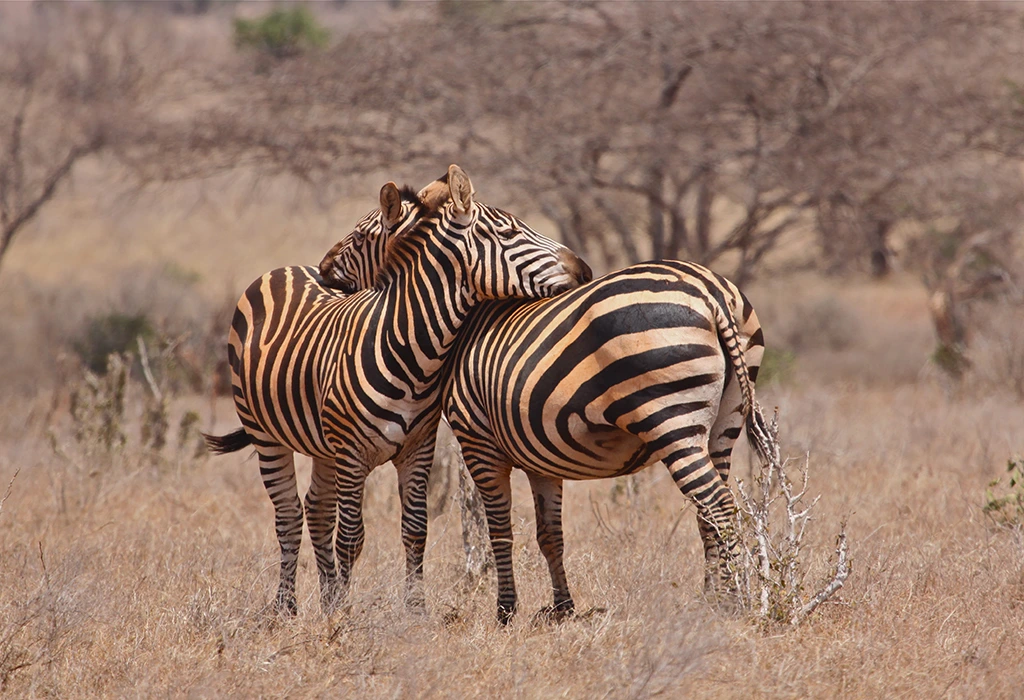East Africa is one of the most captivating regions on the African continent. It offers travelers an unmatched combination of wildlife, landscapes, cultures, and adventures. Whether you’re planning your first safari or looking to explore hidden gems along the Indian Ocean coastline, East Africa stands out as a top-tier travel destination. But what exactly is East Africa best known for? In this detailed guide, we answer the most commonly searched questions to help you understand what makes this region so unique. What Is East Africa Best Known For?
What Are the Iconic Wildlife Experiences in East Africa?
When people think of East Africa, the first thing that often comes to mind is the incredible wildlife. The region is world-renowned for its safari experiences, especially in Kenya, Tanzania, Uganda, and Rwanda. What Is East Africa Best Known For?
The Big Five :lion, leopard, elephant, buffalo, and rhinoceros — can all be seen in national parks like the Serengeti (Tanzania), Maasai Mara (Kenya), Queen Elizabeth National Park (Uganda), and Akagera National Park (Rwanda). These parks offer game drives, guided safaris, and photographic opportunities that attract thousands of visitors every year.
The Great Migration is another world-famous event. Over two million wildebeest, zebras, and gazelles migrate across the Serengeti and Maasai Mara in search of greener pastures. Watching the herds cross the crocodile-infested Mara River is one of the most dramatic wildlife spectacles on Earth.
Gorilla and Chimpanzee Trekking in Uganda and Rwanda is an experience unlike any other. Hiking through the forests of Bwindi or Volcanoes National Park to see mountain gorillas in the wild ranks high on the bucket list for many nature lovers.
Where Can You Experience Unique Cultural Interactions?
East Africa is not only rich in biodiversity but also in cultural diversity. Dozens of ethnic groups, each with their own traditions and lifestyles, call this region home.
The Maasai People in Kenya and Tanzania are among the most recognized tribes. Known for their colorful clothing, beadwork, and semi-nomadic lifestyle, the Maasai welcome tourists to learn about their customs, dances, and pastoral life.
Cultural Experiences in Uganda and Rwanda are equally enriching. Community-based tourism initiatives allow visitors to engage with Batwa pygmies in Uganda or participate in traditional cooking and dance with Rwandan locals. These interactions offer a deeper understanding of the region’s heritage and promote sustainable tourism.
Swahili Culture on the Coast blends African, Arab, and Asian influences. In coastal towns like Mombasa, Lamu, and Zanzibar, you can explore historic architecture, local markets, and taste dishes seasoned with cloves, cardamom, and cinnamon.
What Natural Landscapes Define East Africa?
The diversity of landscapes in East Africa is breathtaking and contributes significantly to its appeal.
Mount Kilimanjaro, Africa’s highest mountain, towers above the plains of northern Tanzania and offers several trekking routes to its snow-capped summit. Climbing Kilimanjaro is a major draw for adventure travelers.
The Great Rift Valley cuts through East Africa, creating dramatic escarpments, lakes, and volcanic formations. Lakes like Naivasha, Nakuru, and Manyara are home to flamingos, hippos, and other wildlife, offering both scenic beauty and biodiversity.
Ngorongoro Crater in Tanzania is another iconic landscape. Formed by a collapsed volcano, it’s a self-contained ecosystem teeming with wildlife and often described as a “natural zoo.”
The Highlands of Rwanda and Uganda are characterized by terraced hills, mist-covered forests, and volcanic peaks. These areas not only support gorilla habitats but also provide stunning views and hiking opportunities.
Which Coastal Destinations Are Must-Visits?
East Africa’s Indian Ocean coastline is dotted with beautiful beaches, coral reefs, and historic towns.
Zanzibar, an island off the coast of Tanzania, is famous for its white-sand beaches, turquoise waters, and rich cultural history. Stone Town, a UNESCO World Heritage Site, offers a glimpse into the region’s Swahili-Arab past.
Kenya’s Coastline includes destinations like Diani Beach, Watamu, and Lamu. These areas offer water sports, snorkeling, dhow cruises, and opportunities to explore old forts and Swahili villages.
Pemba and Mafia Islands in Tanzania are less commercialized alternatives to Zanzibar. They are ideal for travelers seeking untouched beaches, excellent diving spots, and a quieter atmosphere.
What Adventure Activities Are Popular in East Africa?
East Africa is a playground for adventurers. Whether on land, in the air, or underwater, there’s something for everyone.
Trekking and Hiking are popular, with Mount Kenya and the Rwenzori Mountains offering challenging climbs and scenic routes. The Usambara Mountains in Tanzania also provide beautiful hiking trails through villages and rainforests.
Gorilla and Chimpanzee Tracking mentioned earlier, combines adventure with conservation and is a physically engaging experience.
Water Sports like snorkeling, scuba diving, and kitesurfing are available along the coast. The coral reefs around Zanzibar and Watamu are particularly vibrant and well-preserved.
White-water Rafting on the Nile River in Jinja, Uganda, is among the most thrilling river adventures in the world.
How Does East Africa Cater to Eco-Tourism and Conservation?
Sustainability and conservation are central to tourism in East Africa. Many lodges and tour operators focus on eco-friendly practices.
Community-Based Tourism helps support local livelihoods while preserving traditional cultures. Initiatives across Kenya, Rwanda, and Uganda offer village stays, cultural tours, and local guiding services.
Wildlife Conservation Efforts are evident in national parks and private conservancies. For instance, the Ol Pejeta Conservancy in Kenya supports rhino conservation and offers immersive visitor experiences that raise awareness and funds.
Eco-Lodges and Sustainable Safaris are becoming increasingly popular. Properties like Singita, Asilia Africa, and Wilderness Safaris emphasize low-impact tourism, waste reduction, and community engagement.
When Is the Best Time to Visit East Africa?
The best time to visit depends on your interests:
- June to October: Best for wildlife viewing; dry season means animals gather around water sources.
- December to February: Great for birdwatching and trekking.
- March to May: Rainy season; lush landscapes and fewer tourists, but some roads and parks may be harder to access.
Why Should You Explore East Africa?
East Africa stands out as one of the most dynamic, diverse, and awe-inspiring travel regions in the world. From the majestic lions of the Serengeti to the ancient streets of Stone Town, from towering mountains to turquoise coastlines, every part of East Africa tells a story.
This region offers something for everyone: safaris, culture, adventure, beach escapes, and meaningful encounters with both people and wildlife. As a traveler, you’ll find East Africa not just beautiful, but unforgettable. What Is East Africa Best Known For?




